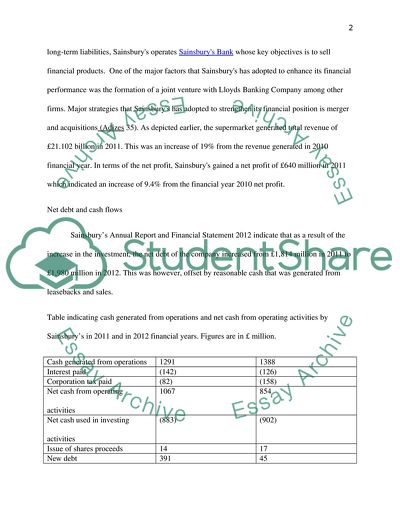Cite this document
(Evaluate Sainsbury plcs financial strategy Essay - 2, n.d.)
Evaluate Sainsbury plcs financial strategy Essay - 2. https://studentshare.org/finance-accounting/1788831-evaluate-sainsbury-plcs-financial-strategy
Evaluate Sainsbury plcs financial strategy Essay - 2. https://studentshare.org/finance-accounting/1788831-evaluate-sainsbury-plcs-financial-strategy
(Evaluate Sainsbury Plcs Financial Strategy Essay - 2)
Evaluate Sainsbury Plcs Financial Strategy Essay - 2. https://studentshare.org/finance-accounting/1788831-evaluate-sainsbury-plcs-financial-strategy.
Evaluate Sainsbury Plcs Financial Strategy Essay - 2. https://studentshare.org/finance-accounting/1788831-evaluate-sainsbury-plcs-financial-strategy.
“Evaluate Sainsbury Plcs Financial Strategy Essay - 2”. https://studentshare.org/finance-accounting/1788831-evaluate-sainsbury-plcs-financial-strategy.


